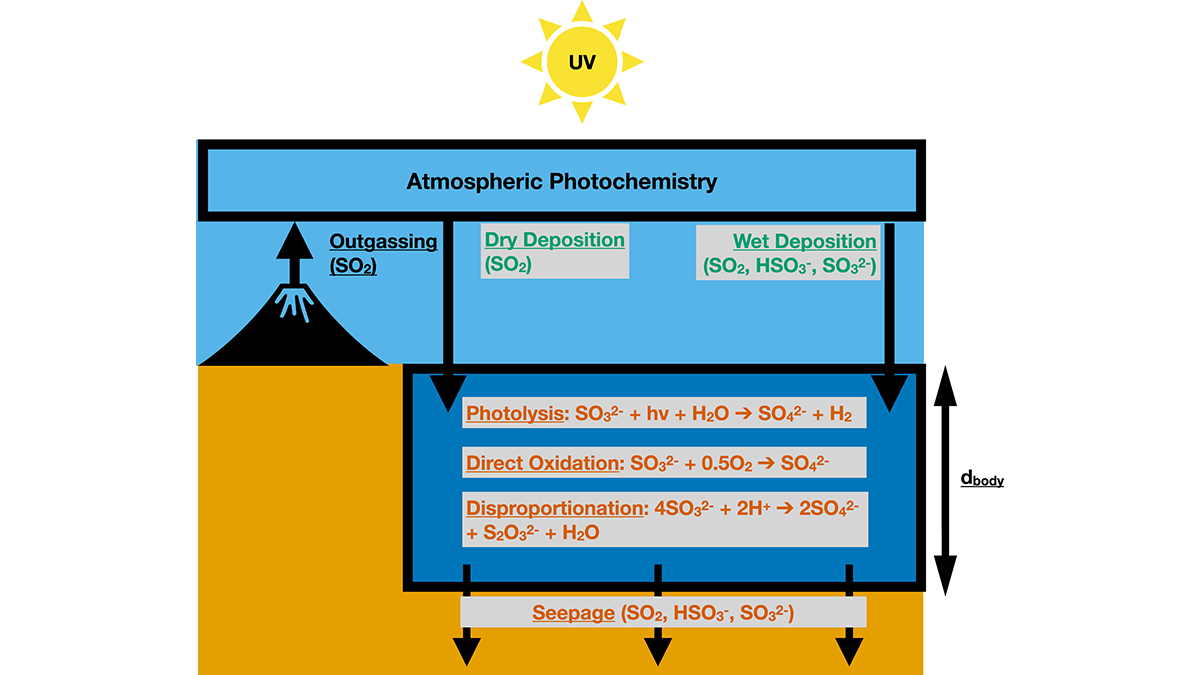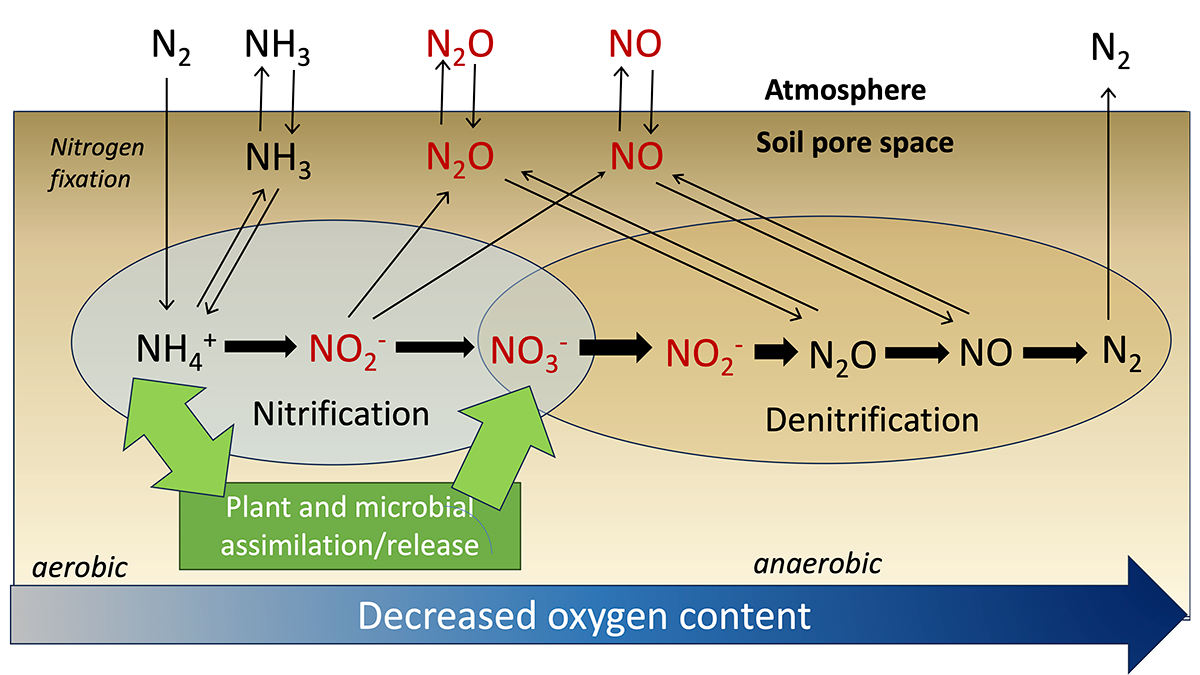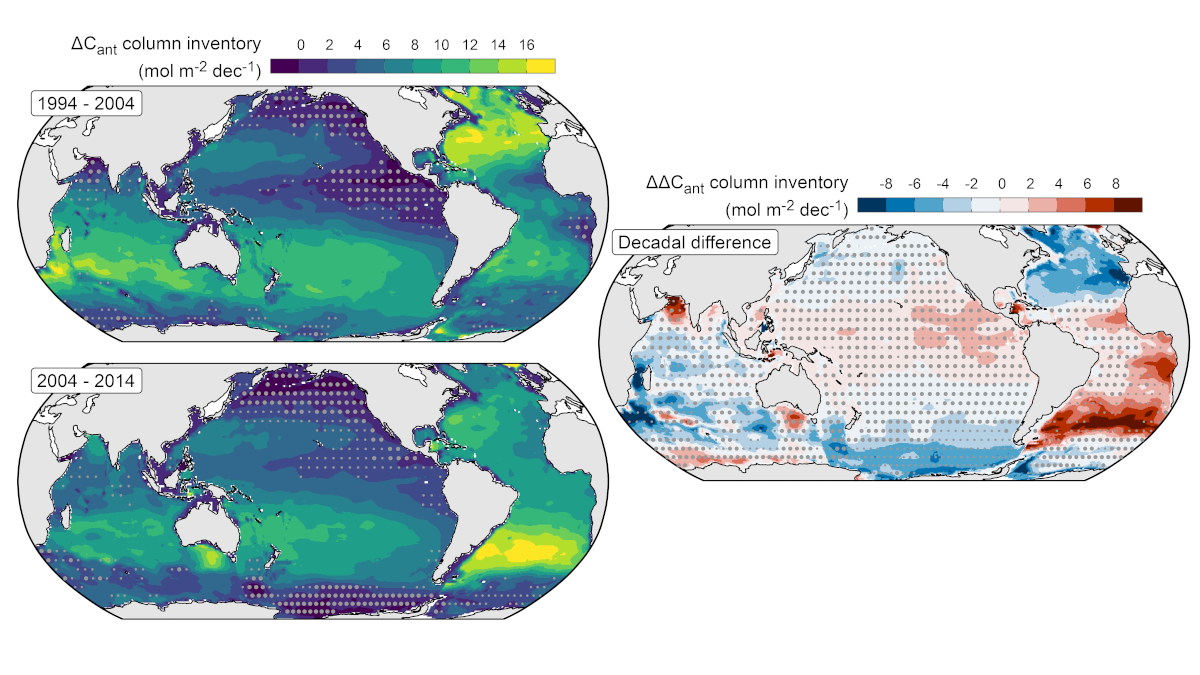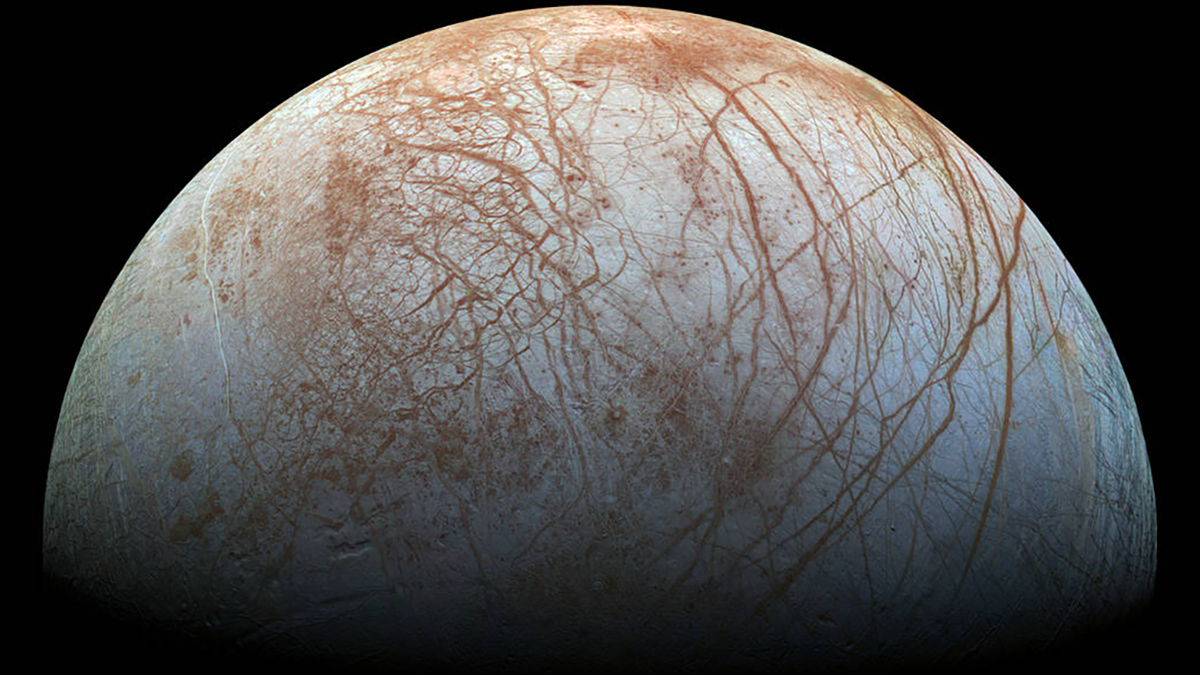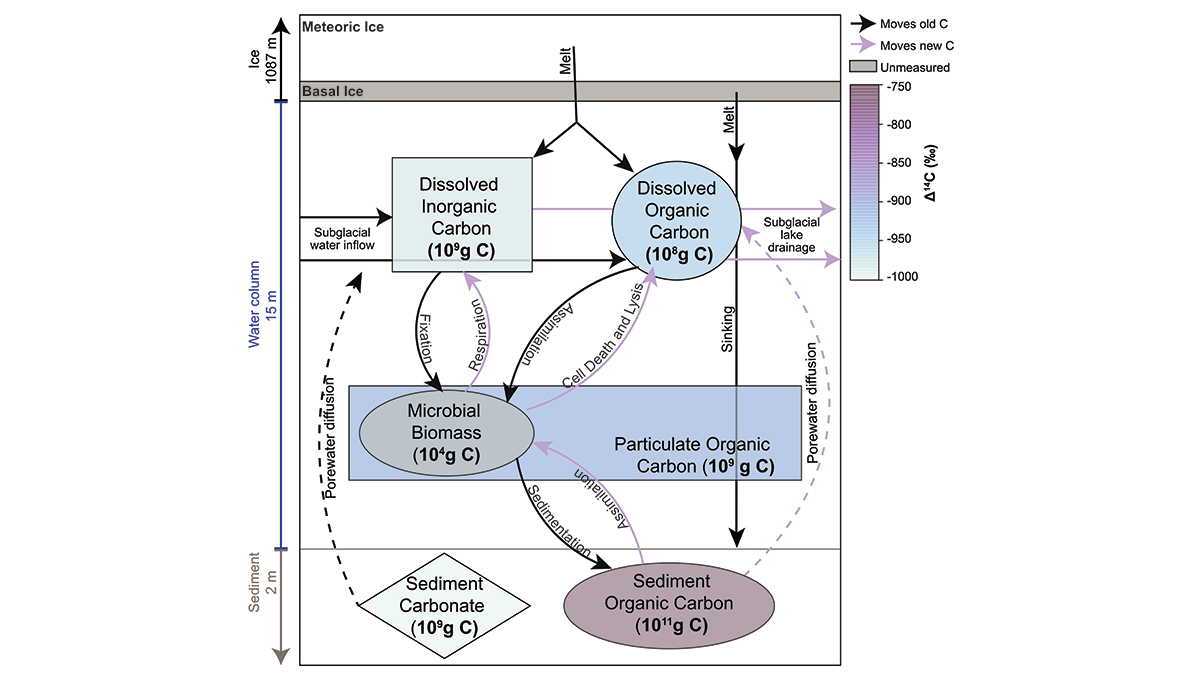AGU’s editors address how rapidly evolving expectations, the culture of metrics, and the expansion of for-profit journals stress authors, reviewers and editors – and how to change this dynamic.
Susan Trumbore
Discounting Carbon Gain to Prevent Water Loss Today
A new study introduces a timescale for optimizing tradeoffs between carbon gain and water loss to improve estimates of photosynthesis during prolonged dry spells.
Speed of Ice Shelf Rifting Controlled by Ocean-Ice Interactions
Scientists report the fastest rate of rift extension yet observed for an Antarctic floating ice shelf and explain why it is far slower than rates expected for brittle ice deformation.
New Constraints on Sulfur Cycling in the Prebiotic Earth
Experiments constraining rates of aqueous reactions and photolysis coupled with a global model constrain the abundance and chemical speciation of sulfur in early Earth’s atmosphere and oceans.
Reporting Model Results Even When They Cannot (Yet) be Tested
Models simulating the nitrogen cycle track its multiple chemical forms but tend to report a subset that can be compared with available field measurements.
Barnacles Help Reconstruct Drift Path of Malaysia Airlines Flight MH370
Careful calibration of isotopes in a barnacle shell growing on ocean debris – in this case an airplane part – informs a new forensic method to identify its most probable drift path.
A Multidecadal View of Oceanic Storage of Anthropogenic Carbon
A decline in the ratio of ocean carbon accumulation to atmospheric carbon dioxide growth between 1994-2004 and 2004-2014 suggests a reduction in the sensitivity of the ocean carbon sink.
Rotation of Europa’s Icy Shell Driven by Deep Ocean Currents
A model using currents in the deep ocean to drive rotation of Europa’s ice shell from below can explain why its surface may drift despite being tidally locked.
Clues from a Subglacial Lake for Holocene Grounding Line Change
Organic carbon sampled in the lake contained radiocarbon, indicating connection to the ocean in the mid-Holocene, when the grounding line was up to 260 kilometers inland of its current position.
How Can We Sample More Ethically?
Ryan-Davis and Scalice describe a path towards sampling more ethically, going beyond legal permitting requirements to engagement of Indigenous expertise and respect of peoples’ relationship to place.




